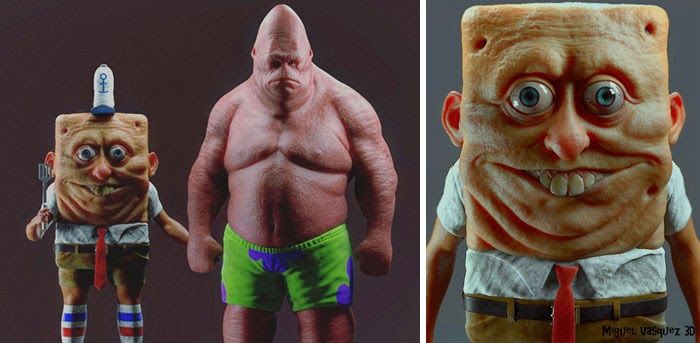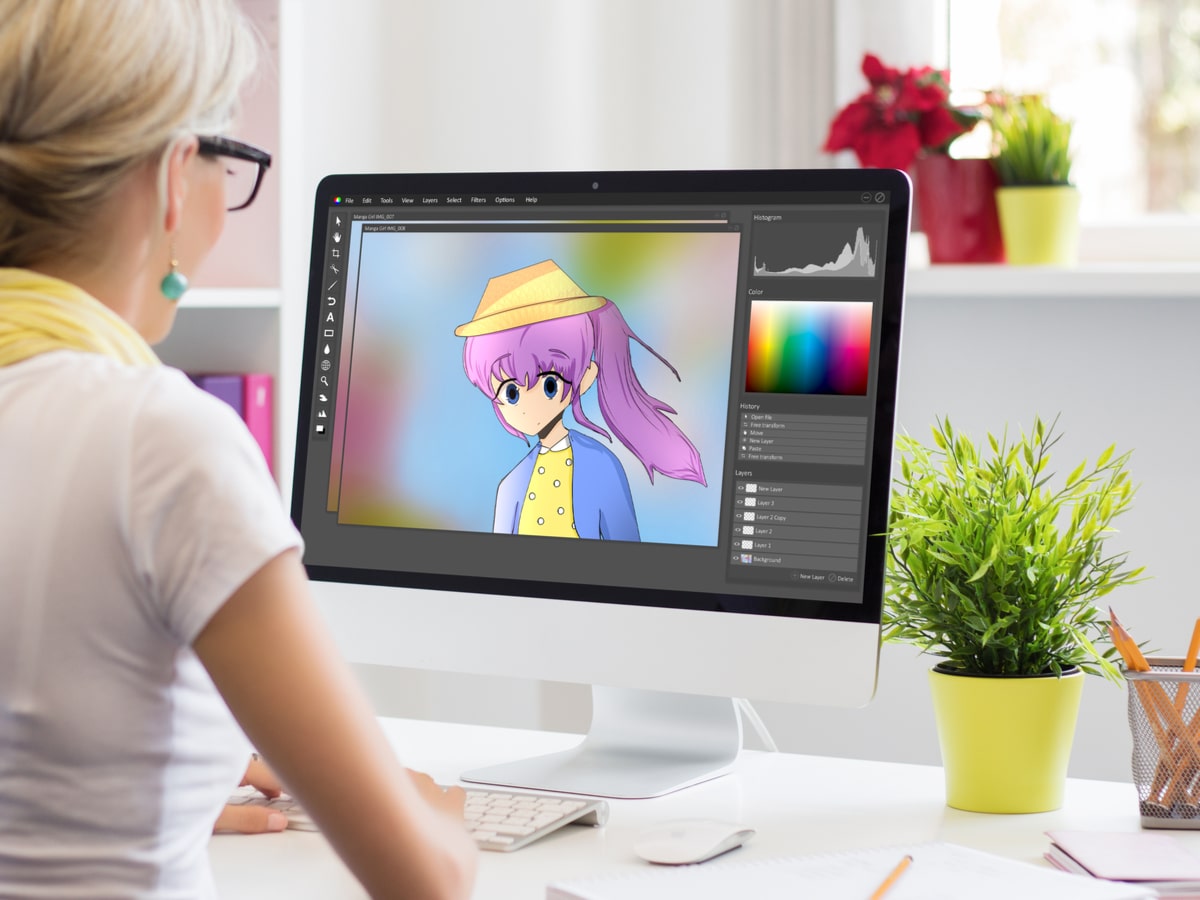6 Different Types of Animation
Animated videos can be an impactful and memorable way for you to connect with viewers.
They are an excellent tool for creating explainer videos due to their tendency to resonate emotionally with audiences while remaining easy to consume.
Partnering with an animation studio or an experienced freelancer will help you create engaging content for your intended viewership.
Choosing a type of animation is one of the most critical steps in the animation pipeline. Each type of animation has its tone and purpose and is subsequently best suited for different project types.
Note that different styles also have varying cost and time requirements to keep in mind. It is thus essential to consider your production goals when choosing what kind of animation style to use.
Different Types of Animation
We are often to discuss the benefits of popular types of animation: from the traditional 2D and 3D as outlined above, to Whiteboard, Cut Animation, Stop Motion, and Motion Graphics, among others. If you would like to learn more about any of these mediums, be sure to check out our other blog content where it’s all covered comprehensively.
For that reason, we have decided to delve a little deeper into some of the more unique types of animation. Beware, it may get weird – but we’re here for it.
Sand animation
Ever heard the saying that ‘in every grain of sand there is a story’?
Sand animation, first invented by Caroline Leaf in 1968, is a type of animation that can be used not only for creating animated cartoons, but incorporated into live-action shows.
It requires the slow pouring of sand onto a luminous surface to stimulate the formation a 2D image.
The principal function of sand animation has typically been in live shows. Performances of live sand art require an artist’s presence and are very dynamic. For this reason, the artists combine the movement of the sand and their acting skills to create an engaging show.
In the world of marketing, it’s possible to use this format, or at the very least echoes of it, for storytelling in particular-themed scenarios. Examples of this can be found in evolutionary content or stories that require a dramatic build-up of events.
Perhaps its beauty lies in the fact that it only lasts for a short moment: conveying to audiences a temporary sense of life and time passing by right before your eyes. It is a fragile form and often evokes very emotional responses in viewers.
Have a look at an excellent example in the above-embedded video of a projected, live performance by the sand artist Charlene Lanzel. Lanzel’s performance is a perfect example of this medium’s exploration of the relationship between real and virtual spaces.
Lanzel’s technique is crucial here: her hands must fluctuate slowly and quickly as the elegant artwork is created. The results are truly captivating, and the audience is naturally in awe at the decisiveness in her hands since they can be seen at all times throughout the display.
The sand animator’s process produces unique results. Since the animation can never be duplicated precisely, it becomes a single moment in time of unique artistic beauty.
Mechanical Animation
Like many branches of the animation tree, mechanical animation is combined with 3D animation to create realistic three-dimensional CGI (Computer Generated Imagery) content. It is used most prominently in the product development space for processes such as the configuration, assembly, and operation of various mechanical products and their components. It can be a great way to showcase how intricate devices work from the inside out due to its ability to display sketches with absolute mathematical precision.
CGI animation technologies have advanced rapidly in the last decade, and 3D product animation has naturally followed suit in its emergence as a vital tool for the mechanical engineering community worldwide. As a result, it is increasingly being used to test products and implement real-time changes for maximum efficiency and performance.
The technique is widely used in the manufacture and display of technical equipment. It allows engineers to make changes to the yet undeveloped product, significantly saving money on its creation and decreasing the possibility of a mistake.
Flipbook
We are sure you’ll have heard of this one. Heck, we were all flipbook artists in our high school years, right? They were a great way to spice up passing notes between friends. The flipbook has also been called the kineograph and reached broad audiences from its beginnings in the 1860s. It has been credited with inspiring early animators more than machines did throughout the Victorian era.
An animation flipbook is a small book of drawings featuring a sequential array of pictures in rapid succession. The illusion of movement is offered when the pages are flipped (yep – you guessed it!).
The scene can subsequently be animated, though usually, the illusion of movement is achieved simply via a manual video. Flipbooks can be hand-drawn or digitally created and produce the same effect as watching a motion picture.
A lot of fun – yes. But unfortunately, Flipbook Animation is not so suitable for marketing campaigns. Instead, it is still great for quirky storytelling and provides enjoyment for the target audience. At the very least, it can be a sure way to woo a classroom crush.
Puppetry animation
Puppetry Animation, originating in the 1960s, has depth in its intersection between puppet theatre and 2D, even 3D, animation. In the simplest terms, this is the introduction of puppet models to the digital world.
The most successful display of animated puppetry is featured in a segment of Sesame Street known as “Elmo’s World.” The sketch stars a set of characters created with CGI, performing simultaneously next to Elmo and other real puppets. Surrounding furniture and background images were also animated, as can be seen in the video provided.
360-degree animation
Do not underestimate 360 animation, as it is far more than a sophisticated extension of 3D.
This type of video is usually used in augmented reality projects since it can open up a plethora of potential avenues for video marketing campaigns.
Think about retail. Virtual fitting rooms have become highly popularized over the past few years, especially in response to the pandemic’s halt of shopping on the high street.
With 360 animations, furniture sellers can intricately show products, so much so that customers can see how a particular piece will complement their interior by applying it to an image of their room.
The medium is also prevalent in the real estate space.
Architects can produce virtual tours of houses before they are even built!
In simple terms, this type of video is an excellent opportunity to show the product in its entirety, as close to reality as possible.
Realistic cartoon

From here, we can transition nicely into a realistic cartoon.
Recognize these creepy faces? Of course, you do – it’s Spongebob Squarepants and Patrick Starr!
Realistic cartoons fall upon the threshold between a classic cartoon and a film in which actors play roles.
As such, either humanizing cartoon heroes or incorporating real heroes into a cartoon setting is being attempted.
Another question here is: do these images make you feel uncomfortable?
We stumbled across a fascinating TikTok the other day, posted by @CreepTime. Yep, that’s right, folks. That endless scrolling can reap some educational benefits from time to time.
Introduced by Masahiro Mori in the 1970s, the Uncanny Valley is a play on Sigmund Freud’s concept of The Uncanny. It refers to a phenomenon where our brains can register that something is very close to humans but is not quite right. It is the ‘in between, where something looks like a person but is not a person, causing feelings of distress and discomfort. Believed to be a revolutionary mechanism, the Uncanny valley is where we perceive these things as a ‘threat’ or ‘not of us.’
A notable example of this was in the early screentest of Shrek in 2000, where Princess Fiona was rendered very hyperrealistic – so hyperrealistic that it surpassed the threshold of comfort with cartoon and moved into the Uncanny Valley. The children were so terrified that they were reported screaming and crying in the cinema any time she appeared on the screen. As a result, the entire movie production was forced to be halted and her character re-animated.
Wrapping Up
Wow, that was informative – right? Who knew there were so many weird and beautiful spokes to the animation game, and we’ve only touched the surface.
Need some help with your next animation project? Hit us up!
However, if in-between you’re opting for realistic animation, we must warn you: our animators are easily spooked, and we’d rather not have any tears.



